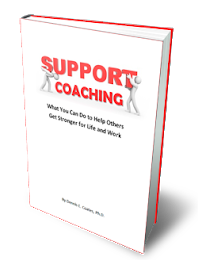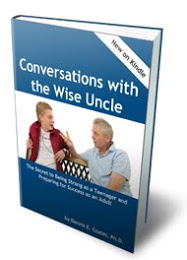What strategies do you use to evaluate options when you need to make an important decision?
"The minute you choose to do what you really want to do, it's a different kind of life." - Buckminster Fuller, American architect
"When a thing is done, it's done. Don't look back. Look forward to your next objective." - George C. Marshall, American general
“If we wait for the moment when everything, absolutely everything is ready, we shall never begin.” - Ivan Turgenev, Russian novelist
“There is no more miserable human being than one in whom nothing is habitual but indecision.” - William James, American psychologist





Meredith,
ReplyDeleteNice work. In my work I've found I need to help coach my managers and leaders to nurture the ability to be comfortable with "uncertainty." Since we can never be 100% certain in any of our decisions the best leaders are ones who can best manage and live with "uncertainty," and as you suggest make decisions rapidly when you see things turn out not as you expected.
Skip
Skip, I appreciate your stopping by and sharing your insights about uncertainty. It really is true that a tolerance for ambiguity is critical to making decisions and taking bold action. Trying anything where the outcome is unknown requires a person to be open to imperfection or even failure. Many people's self-esteem is tied to being right or perfect, so it's difficult for them to stretch outside that comfort zone and try something new.
ReplyDeleteMeredith,
ReplyDeleteI use what is called Risk/Benefit Assessment and if you couple that with Best Fit Analysis you can come up with a good answer as there are always different right answers. It does provide the "right" answer for the facts and what is known at the time of the decision. If after your decision a better answer/solution presents itself then the next revision is done for you.
Risk/Benefit is to weigh the risk against the benefits. If the risk is too high then do not go with it. If the benefit is higher then do it. IF the benefit is only slightly higher than the risk then form a mitigation plan or what is called your fall back plan to minimize the impact. This helps eliminate analysis paralysis.
Joseph, I like your process for evaluating Risk/Benefit. It makes perfect sense. Thanks so much for stopping by and sharing it!
ReplyDelete